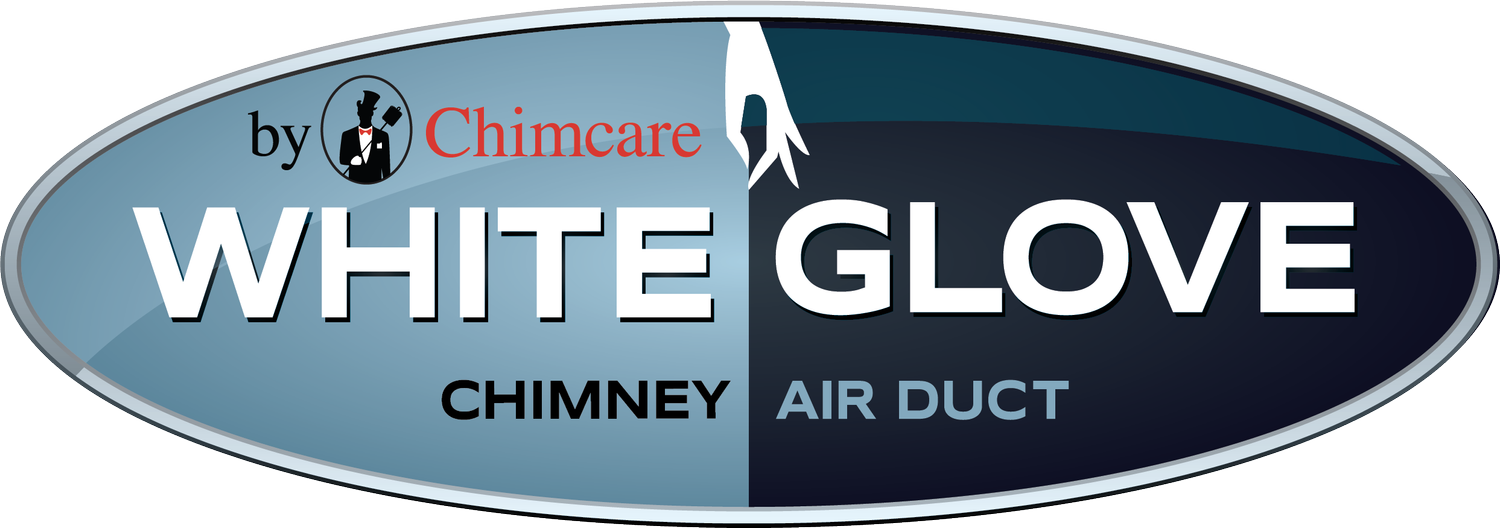How to Keep Your Home Safe This Winter
Winter has come and there is plenty to worry about between Christmas, New Year’s, home heating, and tax season! During one of the busiest times of the year, many important things can be overlooked. Because of this and many other factors, it is the cold season that residential fires are at a peak. These fires, caused by heating units, electrical outlets, and clothes drying units can all be prevented. It is our goal at White Glove Chimney and Air Duct to keep our customers safe and warm by providing the heat and then by keeping it in its place. We can help keep your home safe this winter when you schedule with us now.
Chimney Maintenance for Safety
The Chimney Safety Institute of America (CSIA) and the National Fire Protection Association (NFPA) recommend chimney sweeps and inspections for safety and efficiency. In fact, those chimney systems that are maintained properly, despite their age or advanced technology, will work safely and efficiently and last longer than other units. When your chimney works efficiently, it works safely. An efficient chimney vents the smoke, sparks, and particles straight up the chimney on a draft of heated air. When this efficiency lapses, due to damage or dirtiness, the air slows down and super-heated air can ignite creosote buildup in the flue, resulting in a flue fire.
Other hazards of a dirty and neglected chimney and fireplace systems have to do with damaged parts:
A damaged liner can allow heat to transfer through the masonry and to the structural materials of the house. Over time, heated wood dries and becomes brittle kindling for a dangerous fire.
A damaged firebox allows extreme temperatures and dangerous gases out of the fireplace and into the rest of the home, heating structural materials and compromising the breathable air in the home.
A damaged damper can cause homeowners and families to be exposed to particulate pollution and carbon monoxide, resulting in respiratory issues, permanent organ damage, and even death.
Dryer Maintenance for Safety
According to the U.S. Fire Administration, there are nearly 3,000 clothes dryer fires reported each year. These fires cause approximately 5 deaths, 100 injuries, and even $35 million in property loss each year. The only thing that is more devastating than these statistics is that the majority of these fires are caused by failure to clean the unit—making them 100 percent preventable. Most clothes dryer fires occur in winter, peaking in January, and many of the units which lead to these fires show signs of a problem that go unrecognized.
Signs of a Dirty Dryer
Your clothes dryer may show signs of a clog or problem which you think is completely natural. It lets off the heat and helps you heat your house, so you use it as much as possible, even when you’re asleep or out of the house. This is dangerous and we do not recommend it! Your dryer vent should vent the heat out of your dryer unit and dispatch it outside, so if your dryer is heating your house, it has a clogged dryer vent. The following are signs of a clogged dryer vent:
The dryer is hot to the touch and clothes are excessively hot
The dryer heats the room or home where it’s installed
There are condensation and lint on surfaces in the home
There is little to no lint in the lint trap after a load
The dryer requires more than one cycle to dry a normal load
The dryer vent hood is clogged
Not only is your inefficient dryer a safety hazard, but it’s also costing you in utilities. When your dryer vent is clogged, damaged, or leaking, the dryer doesn’t work well. When you have to run 2 to 3 cycles to dry a normal load of clothes, you spend 2 to 3 times more in utilities to dry the same load of clothes. It also shortens the life of the unit by 2 to 3 times! These units should last ten years, but when you run it while it’s clogged, you’ll replace it every three years. Simple dryer vent cleaning can help you maximize the life of your appliance.
Other Winter Safety Measures
It’s not just maintenance that keeps your home safe during winter. Yes, cleaning your venting systems regularly and inspecting them annually keeps the home safe, but it’s also important to use them properly.
Install carbon monoxide detectors and smoke alarms to ensure safety and allow your family precious seconds to escape a fire or carbon monoxide emergency. It’s also important to check these devices and keep batteries in them. Be sure to use your damper, doors, and any other parts properly. Practice fireplace safety throughout winter and make sure your family and guests understand the rules of the house for everyone’s safety. Plan a home escape and practice it.
By maintaining your fireplace and servicing venting systems properly, you can help prevent the fires and by planning your emergency escape, you’ll give your family the best chance of escape if one occurs. When you’re ready to schedule your services and talk to a professional about keeping your home and family safe, call White Glove. We clean and inspect chimney systems and clean, inspect, and reroute dryer vents, in addition to taking care of all systems related to your hearth.
Give White Glove Chimney and Air Duct a call or reach out online to schedule an appointment.

